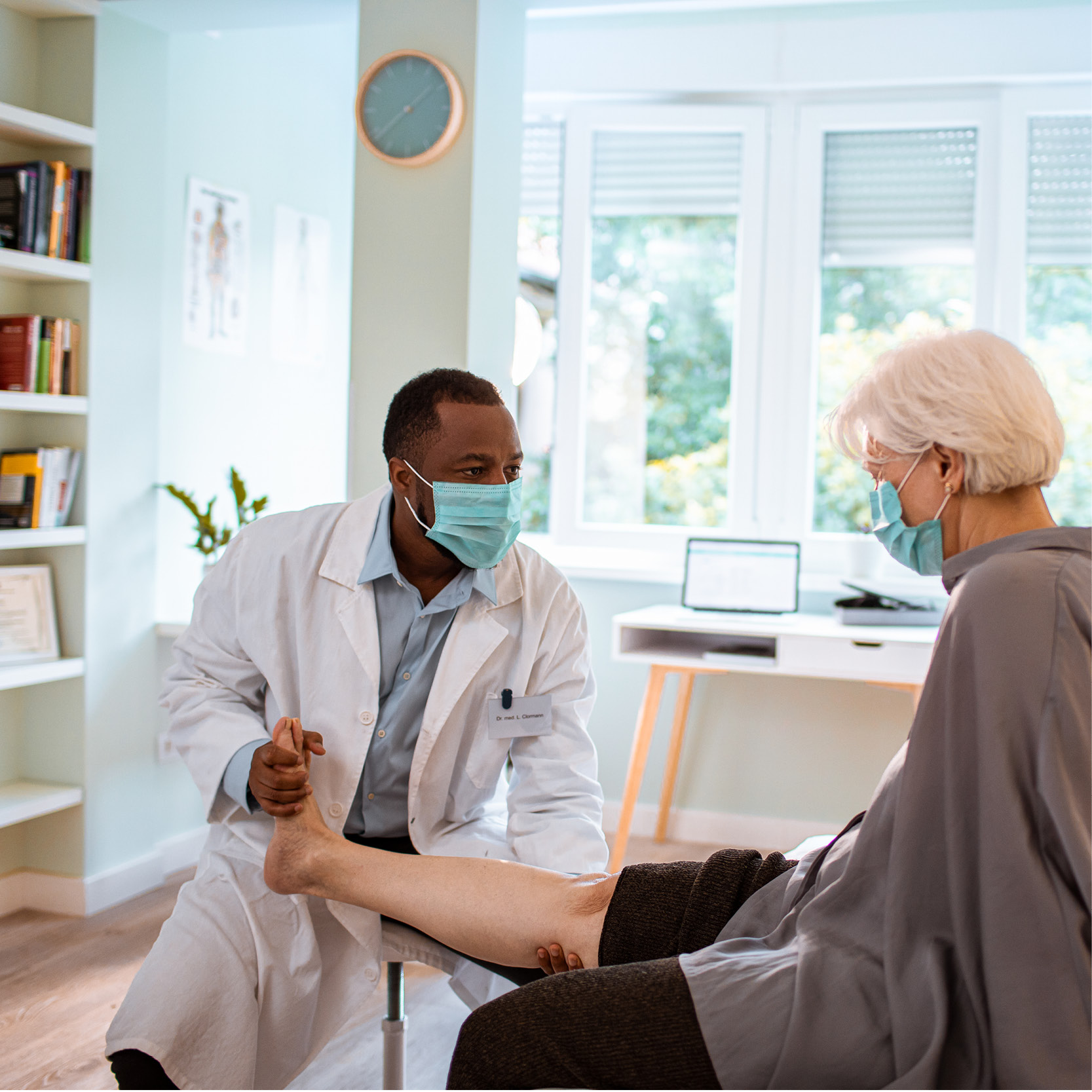Whether it’s a park, hiking trail, or your own backyard, nature is wonderful to explore and appreciate. The trees, plants, and greenery in New York are a sight to behold and worth taking the time to experience.
Knowing what kind of plants you are seeing or touching is good to know for several reasons, including your own health. Some plants – shrubs, flowers, and weeds alike – are harmful or toxic to touch or ingest.
Below you can find some of the most commonly seen plants – both in the wild and household gardens – that can be harmful to your skin or body.
Plants that are harmful to skin
Poison ivy

This plant is easily spotted by its three glossy leaves that each come to a point. Growing as either a vine or small shrub, poison ivy is often found in wooded areas, paths, and sand dunes.
When oil from the leaves or vines comes into contact with skin, it causes itchy blisters and rashes. If a poison ivy plant is burned, inhaling the smoke can be extremely hazardous to the throat and lungs.
Poison sumac

Poison sumac appears to be a small tree or woody shrub that can be up to 20 feet tall. This plant is usually found in very damp or swampy areas like wetlands and marshes. Its leaves grow in clusters of 7-13 smooth-edged, long leaflets that come to a point at each end.
Similar to poison ivy, oil from the leaves or vines causes itchy blisters and rashes when it comes into contact with the skin. Burning poison sumac can be extremely hazardous to the throat and lungs if the smoke is inhaled.
Giant hogweed

Blooming toward the end of the summer months, giant hogweed lives up to its name with white, flat-topped flowers that are 2-2 ½ feet across on top of stems that are 8-14 feet tall. Its leaves can be as large as 5 feet across and are lobed. Giant hogweed is usually found in rich, wet soils in wooded areas, open fields, ditches, and near streams and rivers.
If sap from giant hogweed gets onto your skin, it reacts with sunlight and causes irritation that ranges from a mild rash to severe blistering that can last for several days.
Cow parsnip

Another large plant with big leaves, cow parsnip grows anywhere from 3-10 feet tall. Cow parsnip leaves are about 12 inches long and divided into 3 segments with rough, toothed leaflets; its flowers are white with 5 petals all in different sizes that are clustered on top of short stalks. This plant grows in woods, grasses, streams, and along roadsides.
Similar to giant hogweed, its sap reacts with sunlight and causes irritation that can range from a mild rash to severe blistering that can last for several days.
What to do if you’ve touched a poisonous plant
Most people – adults and children alike – who touch or consume poisonous plants will have relatively mild symptoms. Symptoms such as nausea, vomiting, diarrhea, or irritated skin can be managed using over-the-counter products or medications.
Rashes or itchy skin can be treated using hydrocortisone creams or Calamine lotion, or with cool compresses to provide relief from the constant itching sensation. Those who might have trouble with vomiting and nausea should try to rest and stay hydrated. Most of the gastrointestinal symptoms will run their course in about 4-6 hours.
“If anyone starts to experience more urgent and immediate symptoms, such as trouble breathing, low blood pressure or heart rate, or chest pain, they should immediately call a healthcare professional,” said Kristin Capuano, FNP-C, a board-certified family nurse practitioner with Genesee Valley Dermatology & Laser Centre in Brighton.










